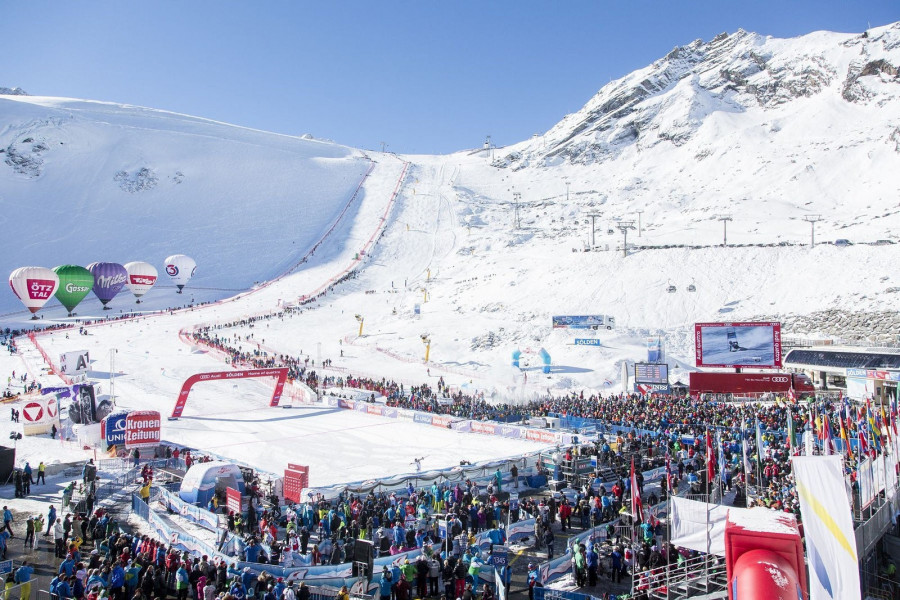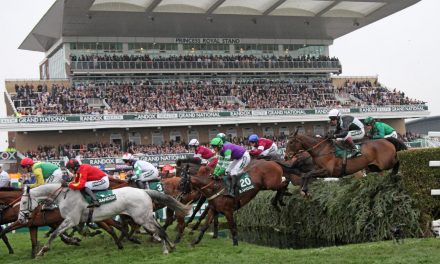The Alpine Skiing World Cup is the sport’s season-long “league table”; a travelling circus of speed and precision from October to March. Racers earn points at each stop in four main disciplines (downhill, super-G, giant slalom, slalom). Stack the points, win crystal globes: the small ones for each discipline, the big one for overall. It launched in the late 1960s thanks to journalist Serge Lang and coaches Honoré Bonnet and Bob Beattie, and quickly became skiing’s ultimate grind; consistency over months, not one perfect day.
A bite-sized history
The first official Alpine Skiing World Cup races ran in January 1967; Jean-Claude Killy and Nancy Greene took the inaugural overall titles and set the tone for the sport’s serial winners. The calendar has since grown into a globe-trotting tour across Europe and North America, with occasional forays further afield, and a points system that rewards the top 30 in every race (100 to the winner). In short, it’s the sport’s true measure of greatness.
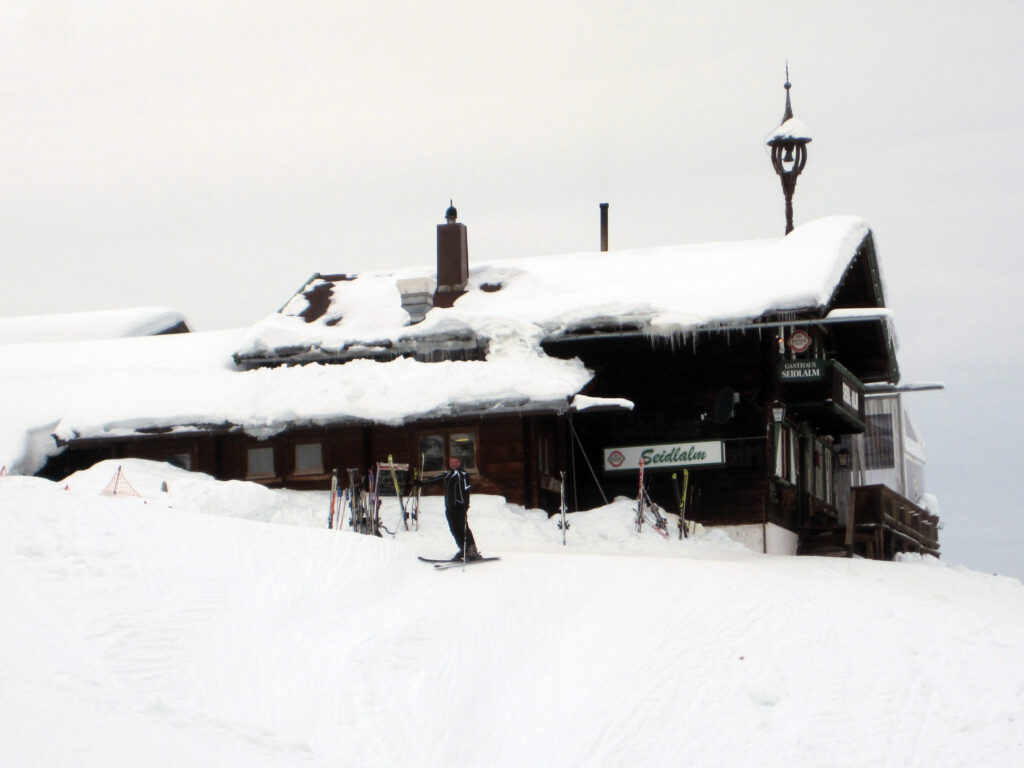

The next competition
After the Sölden opener (25–26 October 2025), the tour heads north to Levi, Finland for back-to-back slaloms on 15–16 November (women & men), then on to Gurgl, Austria (22–23 November). North American blocks follow at Copper Mountain and Beaver Creek in late November/early December, with Tremblant hosting women’s GS the same weekend. Bookmark Levi if you love gates and edge angles; bookmark Beaver Creek if you want 130kph bravery.
The favourites for the Alpine Skiing World Cup
The men’s event
It starts with Marco Odermatt, who has already won four straight overall titles and took the 2025/26 opener in Sölden. He’s the benchmark in GS and super-G and now a force in downhill. Everyone else is chasing.
Others to watch: Henrik Kristoffersen in tech; fitness-dependent wild cards from the speed pool as injuries settle.
The women’s event
Mikaela Shiffrin remains the most lethal technician on the planet and says she’s in a better place heading into this Olympic season after last winter’s injury chaos. Lara Gut-Behrami and Federica Brignone are evergreen threats for overall points, but Shiffrin’s ceiling is unique.
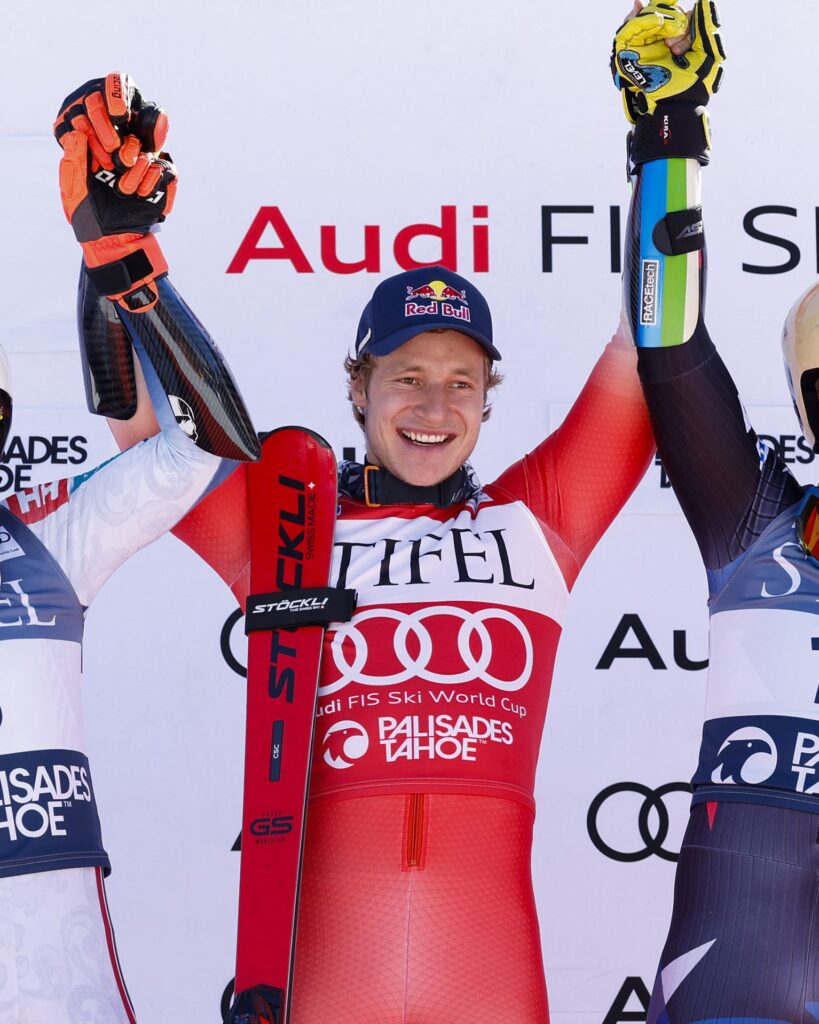
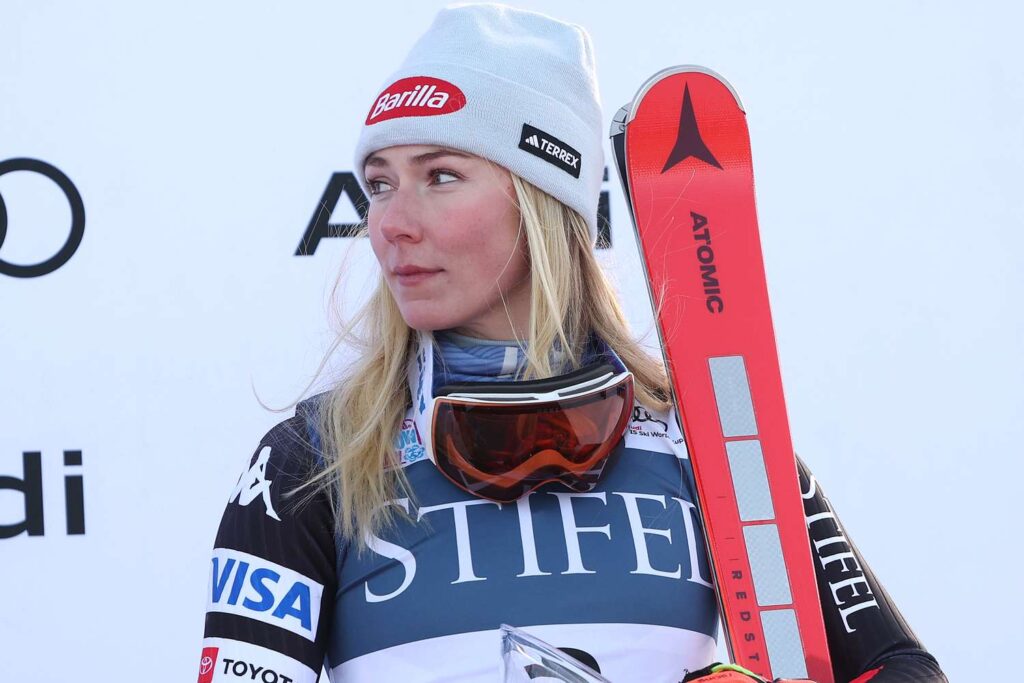
Tips for betting on the Alpine Skiing World Cup
Thinking of placing a bet on the Alpine Skiing World Cup? We’ve some tips to help you make informed decisions. But, first, a quick reminder: only bet what you can afford to lose, and see this as entertainment, not income. Now, where did I leave those tips…
- Discipline specialists matter. Some athletes hoover up GS points (e.g., Odermatt), others live for slalom or speed. Match the bet to the discipline, not just the name.
- Course profile ≠ neutral. Levi’s “Black” is a pure slalom test; Beaver Creek’s “Birds of Prey” favours the fearless and aerodynamic. Past results by venue can be a clue.
- Start bibs & conditions swing markets. In tech races, early bibs usually mean cleaner snow. In speed, changing light/wind can flip a leaderboard.
- Travel & fatigue are real. The Europe-to-North America hop often yields unusual results in the first race stateside.
- Recent injuries = price traps. Read beyond headlines, several big names are returning from layoffs; some are still managing issues.
- Each-way value in deep fields. Slalom/GS have tighter spreads; podium/Top-6 markets can be smarter than outright wins.
(Form note: early slaloms at Levi often reward the pure gate specialists, while the Copper/Beaver Creek swing gives the speed set a chance to bank big points.)
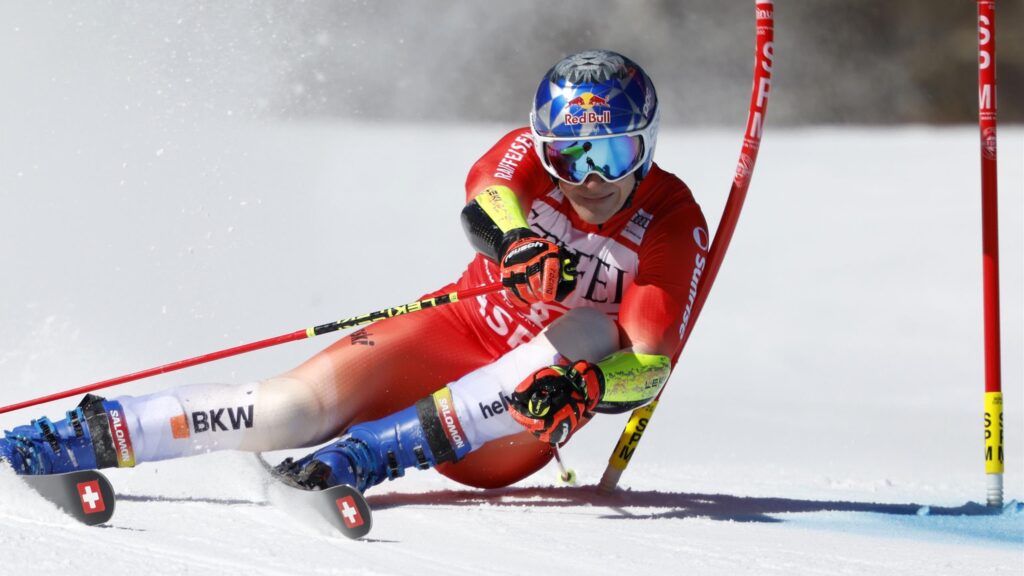
From the icy chutes of Beaver Creek to the snake-hipped dance at Levi, the Alpine Skiing World Cup is a season-long test of nerve, edge and consistency. Whether you’re here for the split-second heroics or sizing up a flutter with British odds, keep an eye on course profiles, weather, and form; that’s where the smart calls live. Set the alarm, brew something strong, and enjoy the fastest chess match on snow.
For even more special events coverage like this piece on the Alpine Skiing World Cup, click right here.

